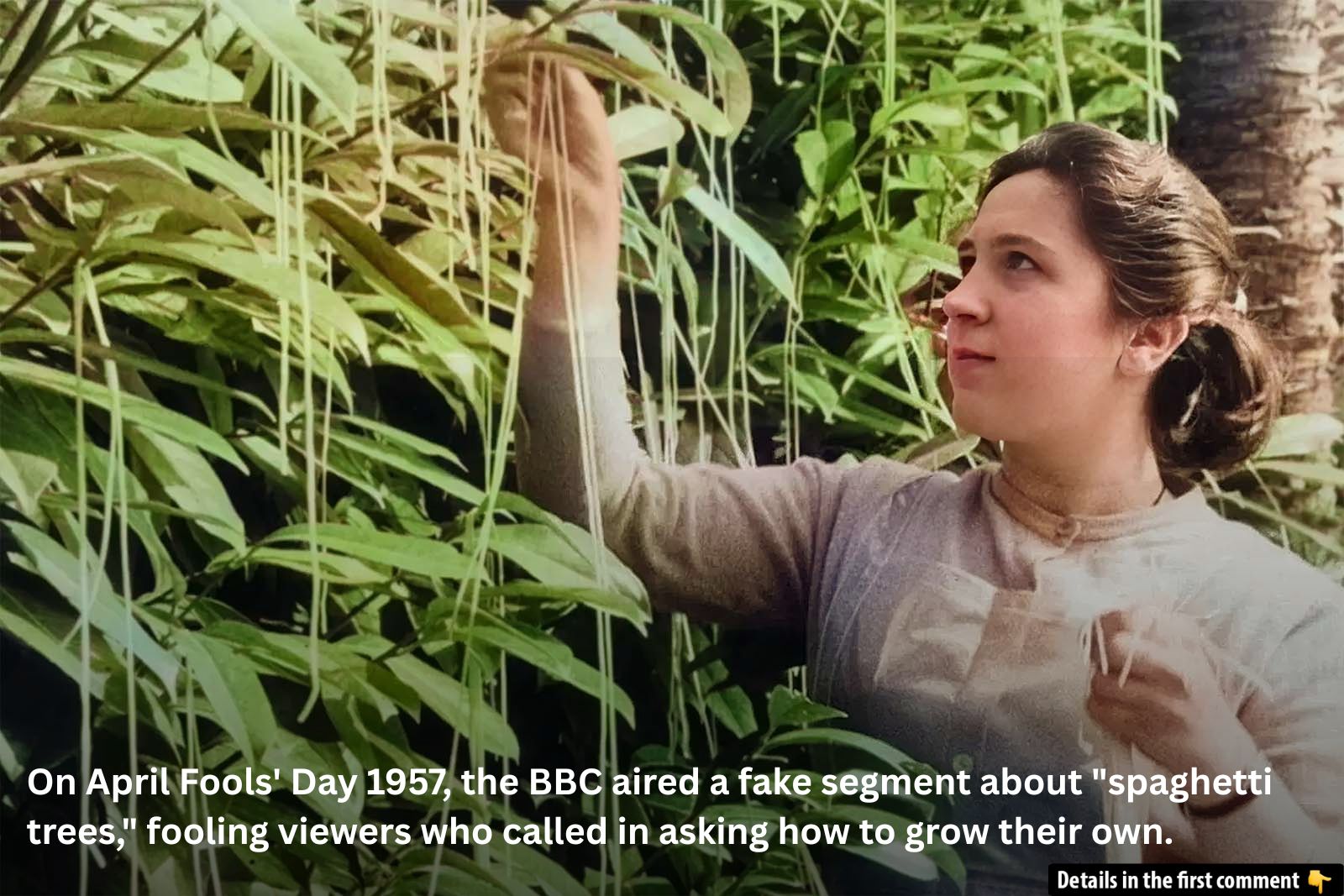On April 1st, 1957, the BBC aired one of the most iconic pranks in television history—a hoax so brilliantly executed that it left millions of viewers believing that spaghetti grew on trees. The “spaghetti tree hoax” quickly became a national sensation, captivating the public and sparking debates that have endured for decades. But how did a simple prank on April Fools’ Day become a slice of media history? Let’s dive into the story behind the hoax, its creation, its aftermath, and its lasting impact.
The Visionary Behind the Hoax: Charles de Jaeger’s Ingenious Plan
The mastermind behind the spaghetti tree hoax was Charles de Jaeger, an Austrian-born cameraman for the BBC’s Panorama program. De Jaeger had a playful streak from a young age, and as a child, a schoolteacher had once joked that his class was so gullible that they would believe spaghetti grew on trees. This seemingly harmless comment stuck with de Jaeger throughout his life, and in 1957, he saw the perfect opportunity to turn it into an April Fools’ Day prank.
When April 1st fell on a Monday, de Jaeger, who was already in Switzerland for a different assignment, proposed the idea to Panorama‘s editor, Michael Peacock. Despite the absurdity of the idea, Peacock gave the green light, with a tiny budget of £100. De Jaeger was determined to make the hoax both convincing and entertaining, and thus, the idea for the spaghetti tree hoax was born.

Video
Watch the video BBC: The Spaghetti Harvest in Ticino | Switzerland Tourism to revisit the iconic April Fools’ prank that captivated audiences worldwide.
Creating the Spaghetti Harvest: A Masterclass in Illusion
The execution of the prank required meticulous planning. De Jaeger chose a scenic location for the shoot—Lake Lugano in Switzerland, where he could use the tranquil surroundings to create an idyllic backdrop for the “spaghetti harvest.” The first task was to obtain 20 pounds of raw homemade spaghetti. De Jaeger carefully draped the spaghetti over the branches of laurel trees surrounding the lake, creating the illusion of spaghetti growing directly from the branches.

To ensure the raw spaghetti didn’t dry out before filming, de Jaeger stored it between damp cloths, carefully preserving its appearance. The next step was to recruit local Swiss women, dressed in traditional Swiss national attire, to act as harvesters. These women were filmed delicately plucking the pasta from the trees, filling baskets, and laying the spaghetti out to dry in the warm Alpine sun.
The setup was nearly flawless, but the key to making the prank truly convincing was the involvement of the BBC’s most respected broadcaster: Richard Dimbleby.
Richard Dimbleby’s Role: The Perfect Deadpan Delivery

Richard Dimbleby was known for his serious and authoritative tone, making him the last person anyone would expect to participate in a prank. As one of the BBC’s most trusted announcers and the network’s inaugural war correspondent, Dimbleby’s credibility made him the perfect choice to sell the hoax to millions of viewers.
With his usual deadpan style, Dimbleby narrated the segment with complete seriousness, explaining how spaghetti was harvested from trees in the Swiss countryside. He even introduced the fictional “spaghetti weevil,” a creature that supposedly threatened the spaghetti crop but had been nearly eradicated, ensuring a bountiful harvest. In his calm, authoritative voice, Dimbleby described how the spaghetti was harvested, laid out to dry, and how plant breeders had perfected the art of producing uniform spaghetti strands.
To add further authenticity, Dimbleby’s voiceover explained how the spaghetti harvesters would face anxious moments each year, worrying about frost ruining the flavor of the pasta. For a nation used to trusting Dimbleby’s word, the broadcast was convincing enough to make millions of viewers believe the fantastical story unfolding before their eyes.
The Public Reaction: Bewilderment, Laughter, and Confusion

When the Panorama segment aired on April 1, 1957, an estimated eight million viewers tuned in. As the footage of the spaghetti harvest played out, many were left bewildered yet fascinated. The idea of spaghetti growing on trees seemed absurd, but it was presented so convincingly that the viewers didn’t question it.
The aftermath was nothing short of chaotic. Soon after the broadcast, the BBC’s phone lines were inundated with calls from viewers wanting to know how they could grow their own spaghetti trees. Many were excited, eager to cultivate pasta in their own backyards, while others were just confused, trying to verify the authenticity of what they had just seen. The BBC responded humorously, advising people to “place a sprig of spaghetti in a tin of tomato sauce and hope for the best.”
The reactions ranged from amusement to disbelief, but the sheer number of people who fell for the hoax spoke volumes about its impact. Some individuals even called the BBC to settle family disputes—husbands believed the hoax because Dimbleby had said it was true, while wives insisted pasta was made from flour and water.
The Role of Spaghetti in 1950s Britain: Why It Worked
The success of the spaghetti tree hoax can be attributed to a few key factors. In 1950s Britain, spaghetti was still a relatively unfamiliar food for many people. While pasta had been around for centuries, it wasn’t until later in the 20th century that it became a staple in British households. Most people in the UK were used to buying their spaghetti in tins from the store and had little understanding of how it was made or where it came from.
In this context, the idea that spaghetti could grow on trees wasn’t as outlandish as it might seem today. The public’s limited knowledge about pasta production made the hoax more believable, as many simply didn’t know how spaghetti was traditionally made in Italy or any other country. The hoax played on the public’s ignorance, making it an effective and brilliant piece of trickery.
Backlash and Media Integrity: Was It Ethical?

As with any successful prank, there was a backlash. Some viewers were upset that the BBC, a respected public broadcaster, had deceived the nation. Critics questioned the ethical implications of such a prank, particularly considering the trust people placed in the media. The prank raised important questions about the role of the media in shaping public perception and whether it was acceptable for a respected institution to deceive its audience, even for a harmless joke.
However, the program’s producer, David Wheeler, defended the hoax, arguing that it was a harmless prank that reminded viewers to question what they saw on television. Wheeler had no regrets about the prank, emphasizing the importance of media literacy and the value of a little skepticism in an age of mass media.
Gallery: Iconic Photos of the Spaghetti Tree Hoax
Take a step back in time and relive the magic of the 1957 Spaghetti Tree Hoax through these iconic images. From the picturesque Swiss countryside to the meticulous setup behind the scenes, these photos capture the whimsical charm and clever execution of one of the greatest April Fools’ pranks in history. Each image tells a story of how a simple, yet brilliant, trick captivated a nation and became a part of media lore.



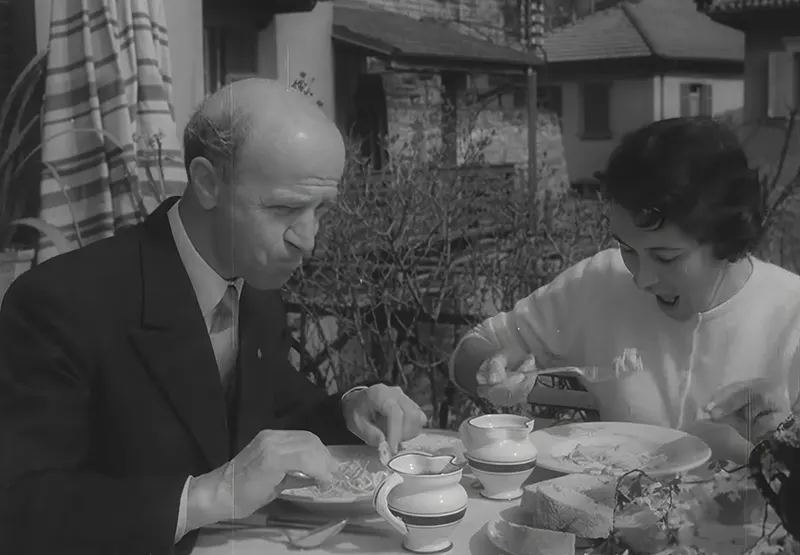
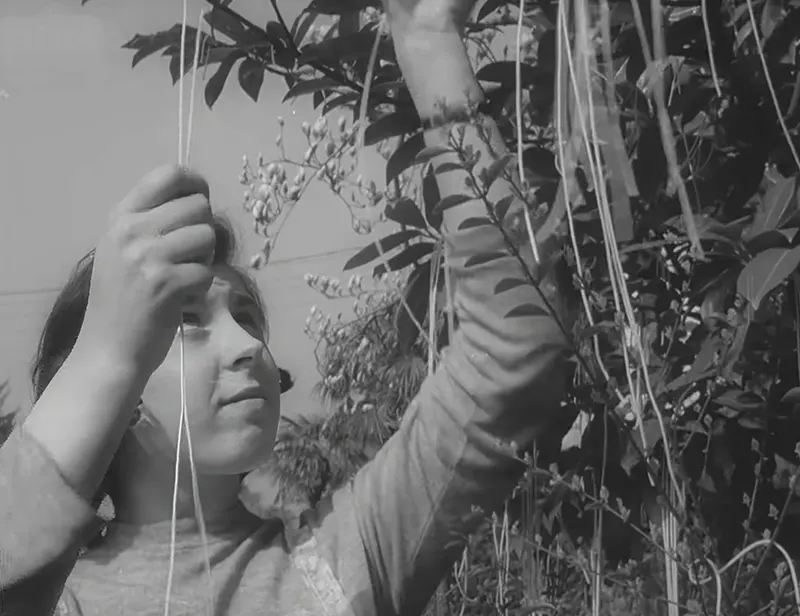
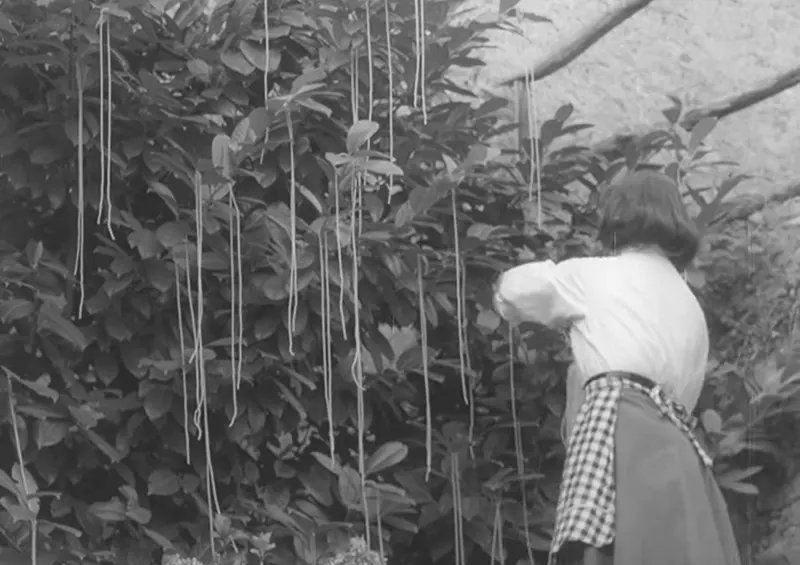
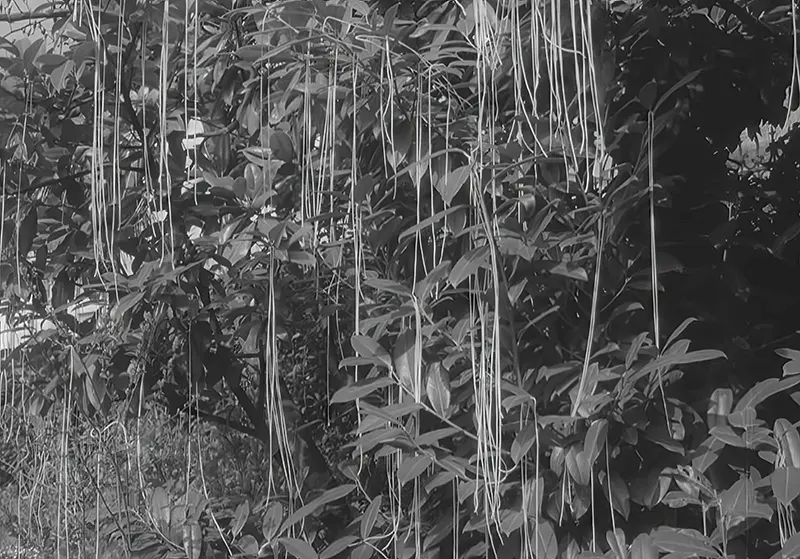
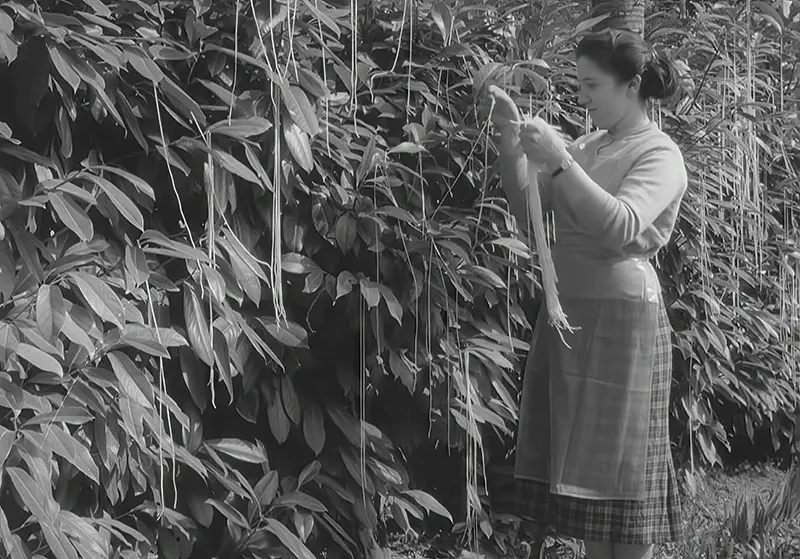
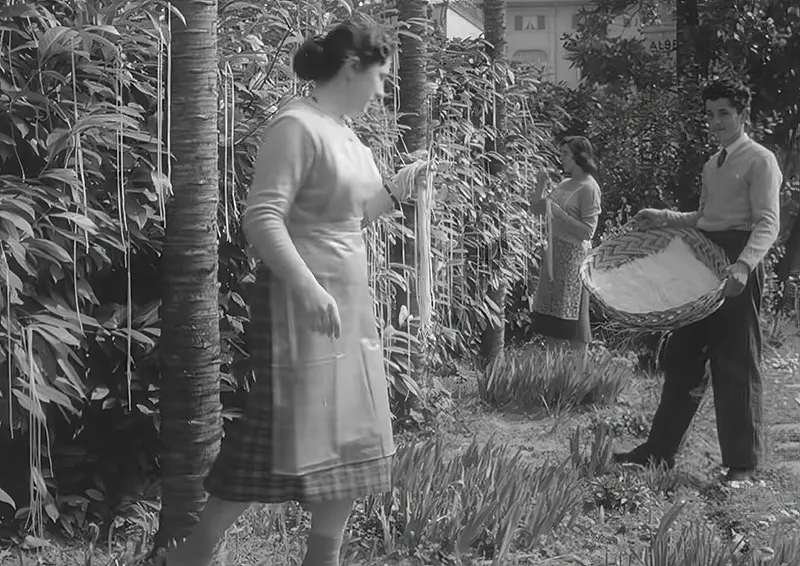
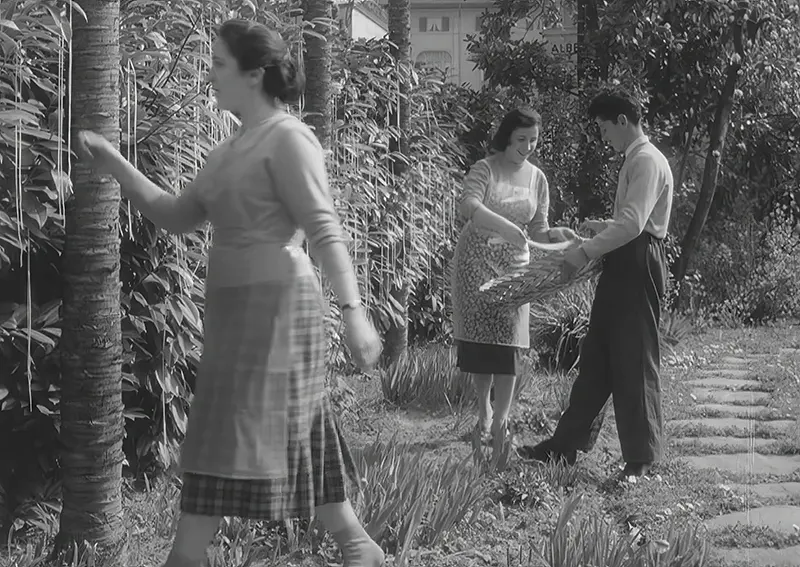
Video
Watch the video The Best April Fools’ Pranks to enjoy a collection of the most clever and hilarious tricks ever played.
Conclusion: A Timeless April Fools’ Classic
The Spaghetti Tree Hoax remains a beloved moment in television history, demonstrating both the brilliance of its creators and the gullibility of its audience. It was a masterstroke of media trickery, one that showed how a well-crafted joke can captivate an entire nation. While the prank was lighthearted and playful, it also served as a reminder of the power of television and the importance of questioning what we see. Today, the Spaghetti Tree Hoax is a timeless piece of media history, and its legacy endures, reminding us all that sometimes, the most absurd things can be the most believable.
